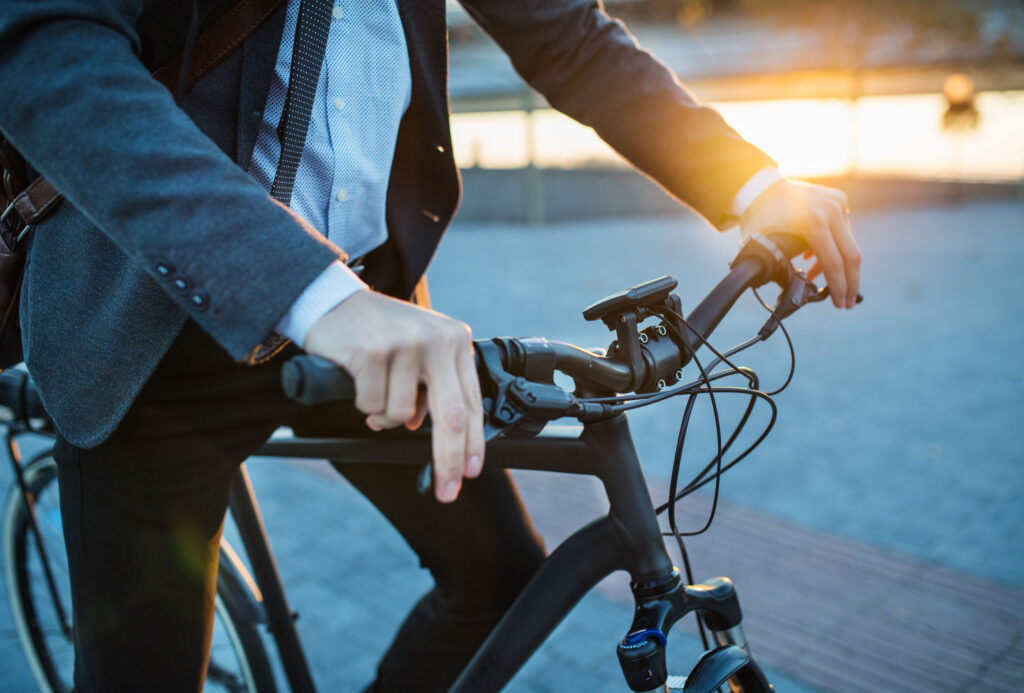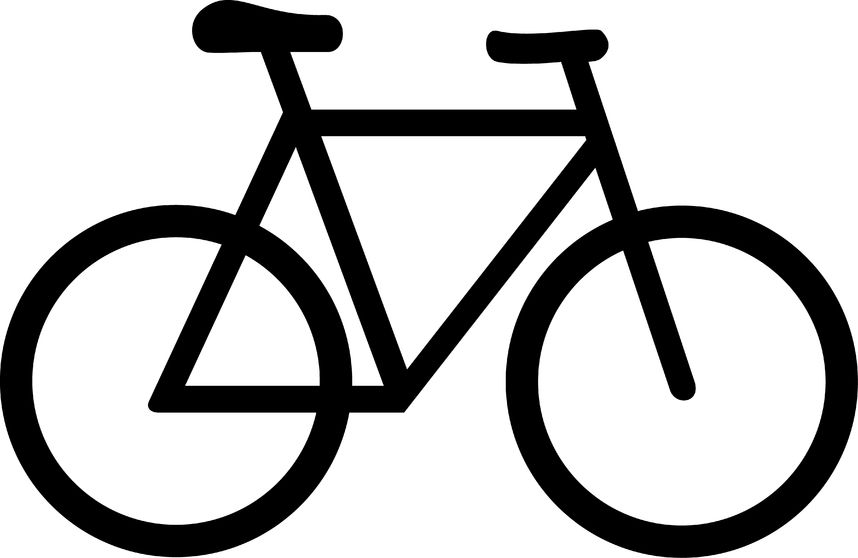
More and more people in Seattle are opting for bicycles as a form of transportation due to rising fuel and transportation costs. According to the Seattle Department of Transportation (SDOT), the number of Seattle residents bicycling to work increased by 22% between 2006 and 2017.
As the number of cyclists increases, so does the number of bicycle accidents in Seattle. In 2020, there were at least 60 serious injury or fatal bicycle crashes in the Seattle Metropolitan Area. Most of these accidents occurred in heavily trafficked downtown areas.
In honor of Bike Safety Month this May, Lerner & Rowe has gathered these five Seattle bike safety tips to lessen the risk of injury and death among this growing population of commuters.
#1: Follow All Traffic Laws
When you’re riding your bike, it’s easy to forget that you’re still subject to the same traffic regulations as everyone else. Here are some important traffic rules to remember when riding your bike:
- Use hand signals to communicate your intentions to motorists
- Stay in the right lane except to pass
- Always keep one hand on your handlebars at all times
- Yield to the right of way to pedestrians at a crosswalk
#2: Use Seattle Bike Lanes
The city of Seattle has implemented several safety measures in its bike lanes. These are designed to increase safety for cyclists, motorists, and pedestrians. Before riding your bike in Seattle, it’s important to learn what these measures mean and to familiarize yourself with them.
- Sharrows are shared lane markings that indicate the best place for cyclists to ride while maintaining visibility.
- Bike boxes are green boxes that allow bicyclists to cross an intersection ahead of other traffic
- Two-stage left-turn boxes give bicyclists designated space to wait at red lights before turning left.
- Bike detectors alert traffic signals that a bicyclist is waiting for a green light. These have markings that indicate where to place your bicycle to activate a green light.
#3: Maintain a Distance of Three Feet from Others
Motorists and bicycles are supposed to allow a minimum of three feet between them, particularly when one is overtaking the other and help prevent accidents. It’s also important to remember to stay three feet away from parked cars and to keep an eye out for pedestrians, opening/closing car doors, and other road hazards.
#4: Wear a Properly Fitted Helmet
Choosing a properly fitted helmet is vital to bicycling safety. Choosing the correct protective gear may be the difference between life and death. When shopping for a bike helmet, make sure it fits properly. Pay close attention to fit, shape, and positioning of the helmet. Ideally, a properly fitted helmet will feel tight and secure, even when you are moving. It’s possible that you will need another type of helmet for casual bike riding, mountain biking, or urban cycling.
#5: Use Lights At Night
If you plan on riding your bike at night, make sure you have some good lights on your bike to improve visibility. In order to comply with the Revised Code of Washington (RCW 46.61.780), cyclists in Seattle will need a white headlight visible from at least 500 feet ahead and a taillight or rear reflector visible from at least 300 feet behind you.
What to Do if You’re Injured in a Bike Accident
Even the most cautious cyclists can get into an accident. These accidents are often caused by negligent and inattentive motorists. If you’ve been hurt in a bike accident, you may be entitled to compensation for your healthcare costs, lost income, pain and suffering, and other expenses. Don’t wait for the insurance company to give you a low-ball offer—contact a Seattle personal injury lawyer for help.
Reach out to Lerner & Rowe today if you’ve been injured in a bike accident. You can call us at 844-977-1900, or connect with us online through our LiveChat feature or by filling out a secure contact form. We offer free initial case reviews. Our representatives are available 24 hours a day, 7 days a week, and you pay nothing until we make a recovery on your behalf. Call us right now!




